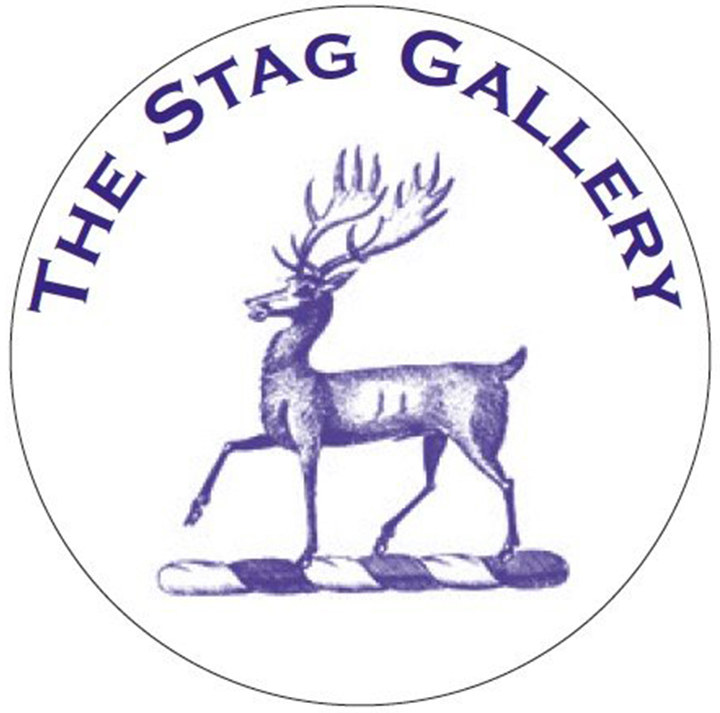The Wild Beasts
Fauvism was an influential art movement that emerged in the early 20th century, primarily in France. It is characterized by its bold and vivid use of color, simplified forms, and a departure from traditional representational techniques. The name "Fauvism" comes from the French word "fauve," which means "wild beast," and was coined by art critic Louis Vauxcelles in 1905 during the annual Salon d'Automne exhibition in Paris.
Key Characteristics of Fauvism:
Color as Emotion: Fauvist artists believed that color had the power to evoke emotions and express the artist's inner feelings. They used bold, non-naturalistic colors to create an intense emotional impact, often employing pure, unmixed hues straight from the paint tube.
Simplified Forms: Fauvism embraced a simplified and non-representational approach to form. Artists often reduced complex shapes to basic geometric forms, giving their works a sense of spontaneity and vitality.
Subjective Expression: Fauvism emphasized the artist's subjective interpretation of the world rather than aiming for realistic representation. This allowed for a more personal and imaginative approach to art.
Brushwork and Texture: Fauvist artists used expressive brushwork and visible brushstrokes to add dynamism and texture to their paintings. This technique added to the sense of movement and energy in their works.
Abstraction of Space: Fauvist compositions often ignored conventional rules of perspective and spatial representation, resulting in a flat and two-dimensional appearance.
Notable Fauvist Artists:
André Derain: Derain was a prominent Fauvist artist known for his vibrant landscapes and use of strong, contrasting colors. His work "Charing Cross Bridge" showcases his Fauvist style.
Henri Matisse: Considered one of the movement's leading figures, Matisse's use of bold color and fluid forms became a hallmark of Fauvism. His paintings, such as "The Joy of Life" and "The Dance," exemplify the movement's expressive and colorful style.
Kees van Dongen: As a Dutch painter, van Dongen brought his own style to Fauvism. His portraits of Parisian nightlife, like "La Gitane," exhibit his mastery of color and expression.
Raoul Dufy: Dufy's Fauvist paintings often depicted scenes of leisure and pleasure, with a focus on light and movement. His work "Regatta at Cowes" exemplifies his vibrant use of color.
Impact and Legacy:
Although Fauvism was a short-lived movement, lasting only a few years in the early 20th century, its impact on the art world was significant. Fauvism paved the way for the development of other avant-garde movements, such as Cubism and Expressionism, by challenging the conventions of traditional art. The use of bold color and subjective expression left a lasting influence on modern art and contributed to the ongoing exploration of emotion and abstraction in painting. Today, Fauvism is remembered as a revolutionary movement that broke away from the constraints of realism and laid the foundation for the freedom of expression that artists continue to explore in contemporary art.











